This is the BEST and most complete deep dive on the financial models for Tesla’s 11 major business units! James from InvestAnswers comes with data and analysis of the seasonality of Tesla stock showing its volatile movement as it compares to the macro economy and the S and P 500. Together we adjust the assumptions and metrics in his dynamic financial model. Come join us! The spreadsheet used in the video will be made available to everyone once James finalizes it first James runs a very successful YouTube channel called InvestAnswers where he shares insights on financial freedom, real estate, crypto, stocks, and options.
Get the latest international news and world events from around the world.
Tesla Cybertruck v F-150 Raptor R: DRAG RACE
Pick-up truck fans let’s goooooo!! The Cybertruck is back once again, and it’s going head-to-head against one of the most powerful pick-ups money can buy — the Ford F-150 Raptor R! So let’s check out how these two almighty machines compare. Starting with the Tesla, we’ve got our hands on the ‘Cyberbeast’ tri-motor edition, which can produce 845hp and 930Nm of torque. This power is sent to all four wheels, and if you’re looking to pick one up it’ll cost you around $96,000.
It’s also pretty damn heavy, tipping the scales at 3,084kg!! Then alongside it we have the F-150. This Raptor R edition comes with a huge 5.2-litre supercharged V8 under the bonnet that can put down 700hp and 870Nm of torque. This power is sent to all four wheels via a 10-speed automatic gearbox, and this truck also comes in lighter than the Cybertruck, weighing in at 2,703kg.

OpenChat framework aims to optimize open-source language models
Researchers from Tsinghua University, Shanghai Artificial Intelligence Laboratory, and 01.AI have developed a new framework called OpenChat to improve open-source language models with mixed data quality.
Open-source language models such as LLaMA and LLaMA2, which allow anyone to inspect and understand the program code, are often refined and optimized using special techniques such as supervised fine-tuning (SFT) and reinforcement learning fine-tuning (RLFT).
However, these techniques assume that all data used is of the same quality. In practice, however, a data set typically consists of a mixture of optimal and relatively poor data. This can hurt the performance of language models.
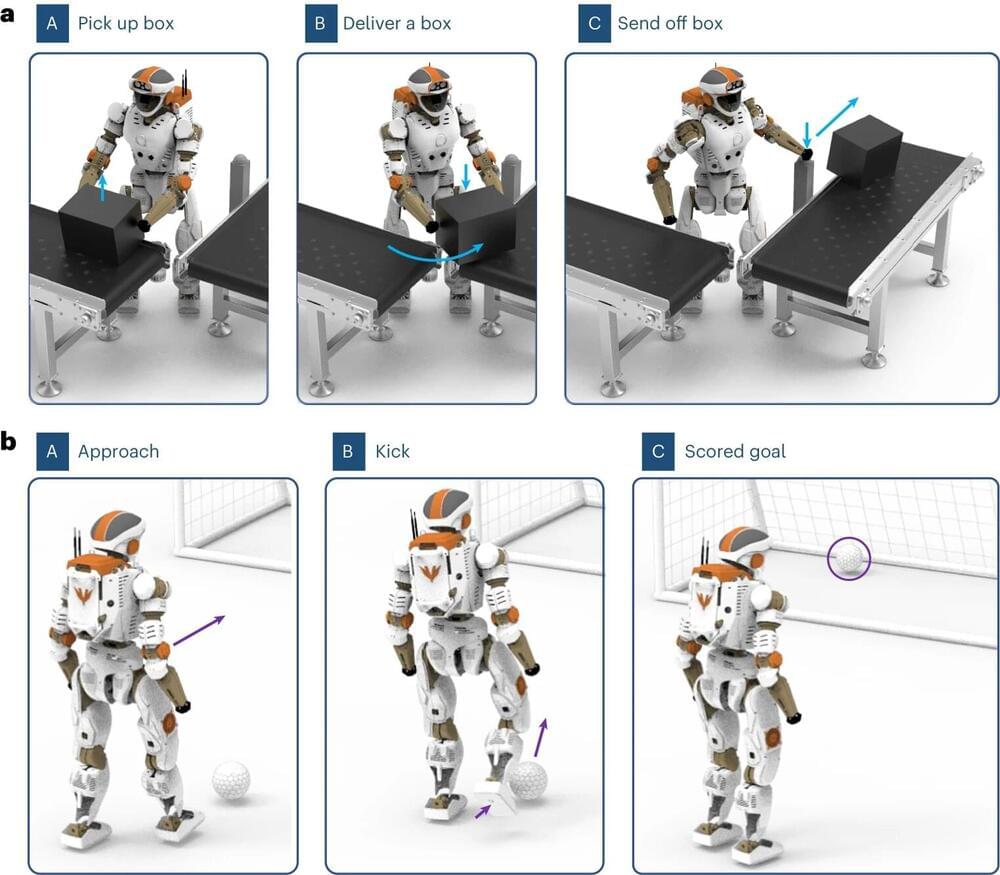
Using hierarchical generative models to enhance the motor control of autonomous robots
To best move in their surrounding environment and tackle everyday tasks, robots should be able to perform complex motions, effectively coordinating the movement of individual limbs. Roboticists and computer scientists have thus been trying to develop computational techniques that can artificially replicate the process through which humans plan, execute, and coordinate the movements of different body parts.
A research group based at Intel Labs (Germany), University College London (UCL, UK), and VERSES Research Lab (US) recently set out to explore the motor control of autonomous robots using hierarchical generative models, computational techniques that organize variables in data into different levels or hierarchies, to then mimic specific processes.
Their paper, published in Nature Machine Intelligence, demonstrates the effectiveness of these models for enabling human-inspired motor control in autonomous robots.
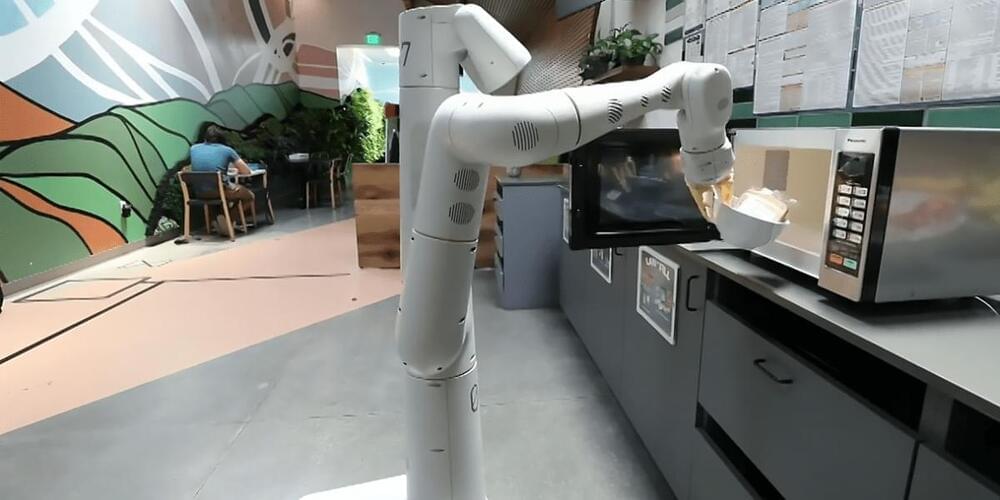
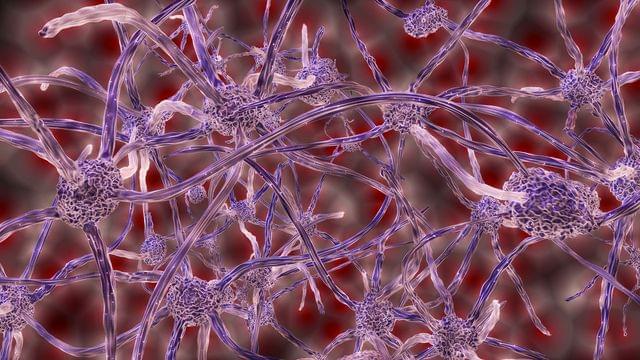
Enhanced AI Can Follow Neurons Inside Moving Animals
Recent advances allow imaging of neurons inside freely moving animals. However, to decode circuit activity, these imaged neurons must be computationally identified and tracked. This becomes particularly challenging when the brain itself moves and deforms inside an organism’s flexible body, e.g. in a worm. Until now, the scientific community has lacked the tools to address the problem.
Now, a team of scientists from EPFL and Harvard have developed a pioneering AI method to track neurons inside moving and deforming animals. The study, now published in Nature Methods, was led by Sahand Jamal Rahi at EPFL’s School of Basic Sciences.
The new method is based on a convolutional neural network (CNN), which is a type of AI that has been trained to recognize and understand patterns in images. This involves a process called “convolution”, which looks at small parts of the picture – like edges, colors, or shapes – at a time and then combines all that information together to make sense of it and to identify objects or patterns.


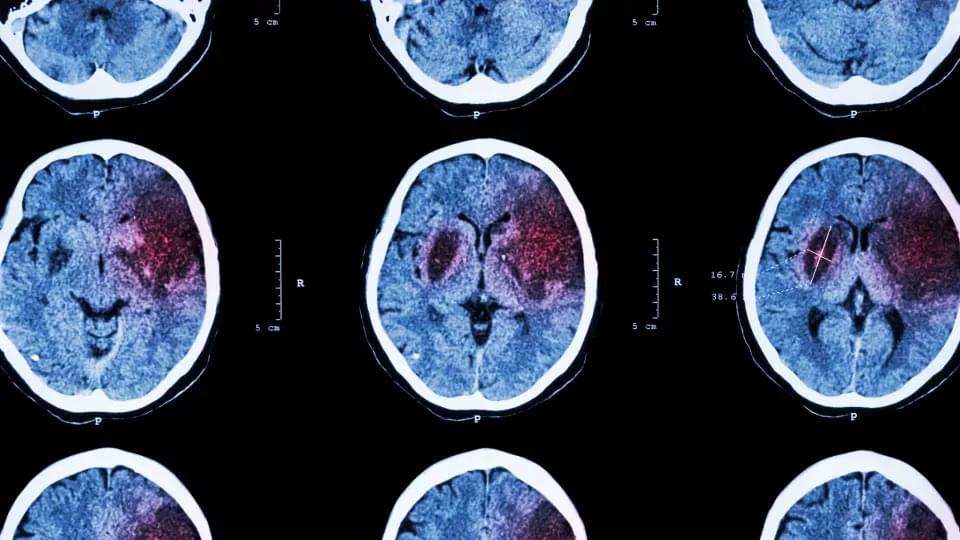
Lost Brain Function Restored in Mice after Stroke
Researchers have succeeded in restoring lost brain function in mouse models of stroke using small molecules that in the future could potentially be developed into a stroke recovery therapy. “Communication between nerve cells in large parts of the brain changes after a stroke and we show that it can be partially restored with the treatment,” says Tadeusz Wieloch, senior professor of neurobiology at Lund University in Sweden.
“Concomitantly, the rodents regain lost somatosensory functions, something that around 60 per cent of all stroke patients experience today. The most remarkable result is that the treatment began several days after a stroke,” Wieloch continues.
In an ischemic stroke, lack of blood flow to the brain causes damage, which rapidly leads to nerve cell loss that affects large parts of the vast network of nerve cells in the brain.
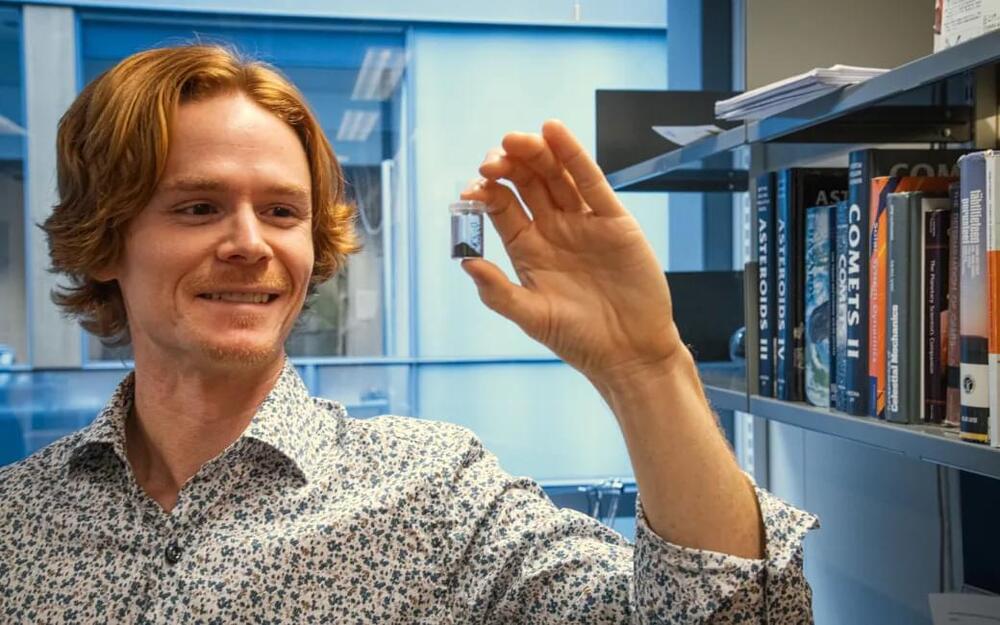
Composition of Asteroid Phaethon
The asteroid that causes the Geminid shooting star swarm has also puzzled researchers with its comet-like tail. The infrared spectrum of rare meteorites helped to determine the composition of the asteroid.
Asteroid Phaethon, which is five kilometers in diameter, has been puzzling researchers for a long time. A comet-like tail is visible for a few days when the asteroid passes closest to the Sun during its orbit.
However, the tails of comets are usually formed by vaporizing ice and carbon dioxide, which cannot explain this tail. The tail should be visible already at Jupiter’s distance from the Sun.